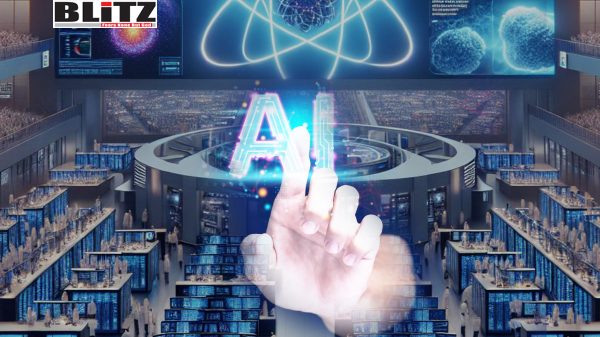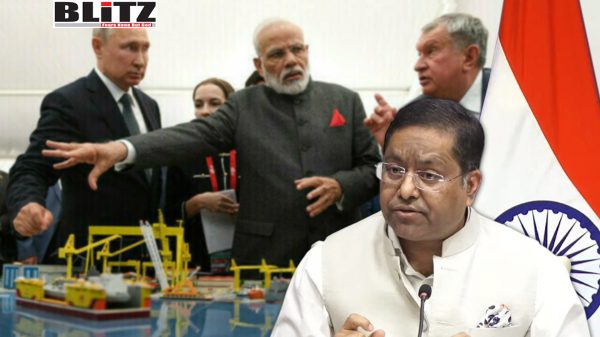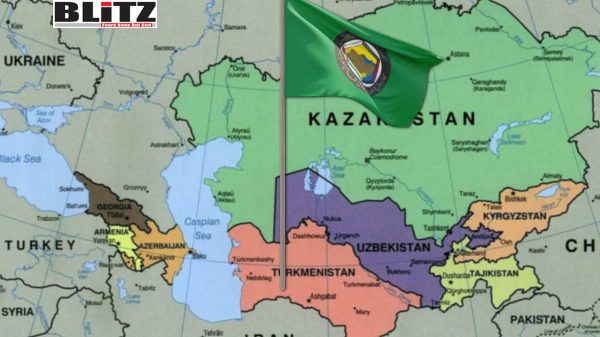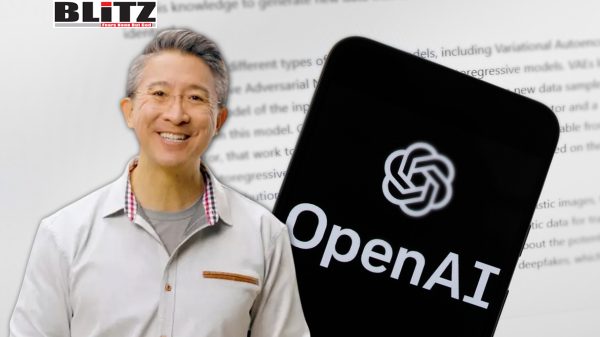America’s AI-energy strategy signals global shift in industrial leadership
- Update Time : Tuesday, July 22, 2025

In the heart of Pittsburgh, a city once synonymous with steel mills and industrial smog, a new chapter of American innovation is unfolding – one that has the potential to reshape not only the US economy but also the global geopolitical and technological order. At the recent Pennsylvania Energy and Innovation Summit, leaders unveiled a vision that merges artificial intelligence (AI), energy resilience, and industrial revitalization. Though centered in a historically blue-collar American state, this vision carries international implications that extend far beyond Pennsylvania’s borders.
With over $90 billion in private sector commitments pouring into AI infrastructure and energy integration, the summit was more than a showcase of domestic ambition. It was a global declaration that the United States intends to lead the AI era – not merely through software prowess, but by rebuilding its physical and industrial base to support the unprecedented energy demands of the digital age. This is a strategic evolution with global stakes, especially for energy-producing nations in the Middle East and those charting their own AI-driven futures.
One of the summit’s central themes was honesty – particularly about the often-overlooked energy needs of artificial intelligence. Training large language models, operating massive data centers, and deploying AI systems at scale require enormous and continuous power. This isn’t the realm of theoretical projections; it’s a tangible issue that will shape AI’s global rollout.
AI is not a virtual miracle running on thin air. It is grounded in real-world infrastructure: electricity, cooling, computing hardware, and network connectivity. Until now, much of the narrative around AI has focused on software capabilities, data ethics, or innovation hubs in Silicon Valley. But the Pennsylvania summit reframed the conversation, positioning energy as a central pillar of AI’s viability.
The proposed solution – building AI data centers next to power plants, particularly those using natural gas and nuclear energy – may sound industrial, even retrograde to some. Yet it reflects a deeply pragmatic understanding of current technological and environmental realities. Known as “co-location,” this strategy not only enhances efficiency by minimizing energy transmission losses but also allows for rapid scalability as demand grows. In an AI-hungry world, time, power, and proximity matter.
A legitimate concern that emerges from this strategy is whether it signals a retreat from environmental commitments. Are we witnessing a return to fossil-fueled industrialism cloaked in AI jargon? The summit’s response was refreshingly nuanced. The United States is not abandoning its climate goals – it is adapting to the limitations of current renewable energy technologies.
Wind and solar power remain essential components of the US energy transition. However, they cannot yet provide the uninterrupted, high-capacity load that large-scale AI systems demand. Natural gas and nuclear energy, though controversial, currently offer the only scalable and reliable options. This is not a rejection of clean energy, but a recognition that ambition must be balanced with feasibility. Innovation cannot pause while the grid catches up.
This nuanced approach has powerful resonance in other regions facing similar dilemmas, particularly the Middle East. Gulf nations such as Saudi Arabia and the United Arab Emirates are at the forefront of balancing renewable investments with continued reliance on hydrocarbons. Their ambitious AI projects – from NEOM’s smart megacity to the UAE’s National AI Strategy – depend on stable energy supplies just as much as technological vision.
What is unfolding in Pittsburgh could provide a template – not just for American states, but for global AI-energy partnerships. The Middle East, home to both substantial energy reserves and increasingly advanced digital ambitions, is a natural partner in this new industrial framework.
Imagine a future where US AI companies collaborate directly with Gulf energy producers. In this model, American expertise in AI development is paired with Middle Eastern foresight in infrastructure and resource management. Co-located data centers could arise across the desert landscapes of the UAE and Saudi Arabia, powered by advanced nuclear or gas plants, and staffed by a new generation of digitally trained workers.
This isn’t speculative fantasy. It is already beginning to take shape. The Abraham Accords and growing US-Gulf tech collaborations lay the foundation for such a realignment. American industrial pragmatism, Middle Eastern energy strategy, and global AI needs are converging into a mutually beneficial opportunity – one that could define the architecture of the Fourth Industrial Revolution.
One of the most promising messages from the summit was that AI must be human-centered – both in terms of ethical values and economic impact. In contrast to dystopian narratives about automation and mass unemployment, Pennsylvania’s initiative connects AI growth to job creation in cybersecurity, energy engineering, data science, and advanced manufacturing. In doing so, it offers a compelling alternative to digital disenfranchisement.
This model could be transformative for youth-rich regions like the Middle East and North Africa, where millions of young people are entering the workforce each year. If AI is implemented not in isolation but in tandem with infrastructure, education, and energy investment, it can serve as a ladder for economic dignity – not a trapdoor to inequality.
That lesson must not be lost on policymakers. The AI revolution will not be won by those with the most patents or the fastest processors. It will be led by those who combine technological capacity with inclusive, long-term planning.
Beyond economic and energy concerns, the summit revealed a subtler, more strategic layer of AI development: the values that underpin it. In an increasingly multipolar world, the race to define AI’s ethical and governance frameworks is intensifying. Will AI systems be designed for transparency, cooperation, and democratic oversight? Or will they become instruments of surveillance and control?
By rooting its AI strategy in democratic norms and private-public partnerships, the US is presenting an alternative to authoritarian models that emphasize centralized data control and top-down deployment. This offers the global community a stark choice: to engage with open systems that promote trust or become entangled in opaque digital empires.
Middle Eastern countries, many of which are navigating their own tensions between modernization and governance, will need to decide which vision aligns best with their long-term interests. America’s AI-energy blueprint provides not just technical lessons but moral ones too.
The Pennsylvania summit made one thing clear: the age of AI is not a distant dream. It is here, unfolding through cables, kilowatts, and code. And it is being shaped by those with the foresight to integrate energy, ethics, and economics into a unified strategy.
What happens next will depend on global cooperation and shared leadership. As the US builds out its AI infrastructure with a pragmatic eye on energy realities, other nations – particularly in the Middle East – have an opportunity to contribute, adapt, and co-lead.
The stakes are global, and so is the opportunity. Whether in the heartlands of America or the deserts of Arabia, the future of AI will belong to those who build it not just with algorithms, but with integrity, insight, and inclusion.
The industrial age was powered by steam and steel. The digital age was powered by silicon and servers. The AI age will be powered by something deeper – a fusion of energy, intelligence, and human values. And if Pittsburgh is any indication, the world is already on that path.















